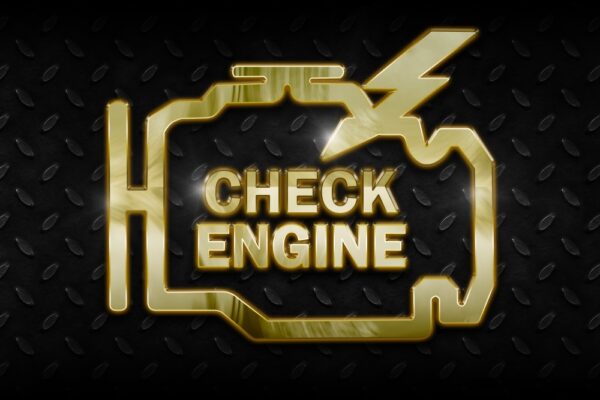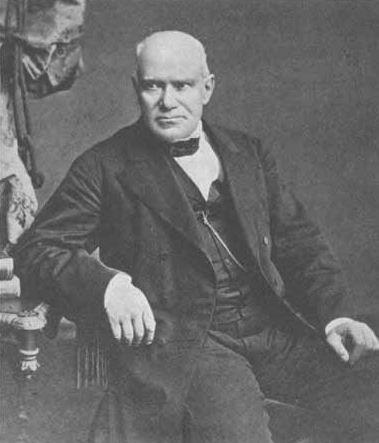
P2013 Intake Manifold Slider Control Circuit High Bank 2
Content
P2013 Intake Manifold Slider Control Circuit High Bank 2
OBD-II DTC Datasheet
Intake Manifold Impeller Control Circuit Bank 2 Signal High
What does this mean?
This Diagnostic Trouble Code (DTC) is a generic transmission code, which means it applies to all 1996 vehicles (Nissan, Honda, Infiniti, Ford, Dodge, Acura, Toyota, etc.). Although general in nature, the specific repair steps may differ depending on the brand / model.
When I come across a stored code P2013, I know it means that the powertrain control module (PCM) has detected an intake manifold control (IMRC) actuator circuit voltage (for engine block 2) that is higher than expected. Bank 2 informs me that the problem is with an engine block that does not have cylinder # 1.
The PCM electronically operates the IMRC system. The IMRC system is used to control and fine tune the air to the lower intake manifold, cylinder heads and combustion chambers. Custom shaped metal flaps that fit snugly into the intake manifold openings of each cylinder are opened and closed by an electronic travel control actuator. In the IMRC, thin metal rail baffles are attached (with small bolts or rivets) to a metal bar that extends the length of each cylinder head and runs through the center of each intake port. The flaps open in one motion, which also allows you to disable all flaps if one is stuck or stuck. The IMRC stem is connected to the actuator using a mechanical lever or gear. On some models, the actuator is controlled by a vacuum diaphragm. When a vacuum actuator is used, the PCM controls an electronic solenoid that regulates the suction vacuum to the IMRC actuator.
It was found that the swirl (air flow) effect contributes to a more complete atomization of the fuel-air mixture. This can result in reduced exhaust emissions, improved fuel economy and optimized engine performance. Using IMRC to direct and restrict airflow as it is drawn into the engine creates this swirling effect, but different manufacturers use different methods. Use your vehicle's source (All Data DIY is a great resource) to get the specifications for the IMRC system that this vehicle is equipped with. Theoretically, the IMRC runners will be almost closed during start/idle and open when the throttle is opened.
The PCM monitors data inputs from the IMRC impeller position sensor, manifold absolute pressure (MAP) sensor, manifold air temperature sensor, intake air temperature sensor, throttle position sensor, oxygen sensors, and mass air flow (MAF) sensor (among others ) to ensure that the IMRC system is working properly.
The position of the impeller flap IMRC is monitored by the PCM, which adjusts the flap position according to the controllability data of the engine. The malfunction indicator light may illuminate and a P2013 code will be stored if the PCM is unable to see the MAP or manifold temperature change as expected when the IMRC flaps of Bank 2 are moved. Some vehicles will take multiple failure cycles to turn on the warning light.
symptoms
Symptoms of a P2013 code may include:
- Oscillation on acceleration
- Decreased engine performance, especially at low revs.
- Rich or lean exhaust
- Reduced fuel efficiency
- Engine surge
reasons
Possible causes of this engine code include:
- Loose or seized intake manifold rails, bank 2
- Faulty IMRC actuator solenoid bank 2
- Defective intake manifold chassis position sensor, bank 2
- Open or short circuit in the solenoid control circuit of the IMRC actuator
- Carbon build-up on IMRC flaps or intake manifold openings bank 2
- Defective MAP sensor
- Corroded surface of the IMRC actuator solenoid valve connector
Diagnostic and repair procedures
Diagnosing a P2013 code will require a diagnostic scanner, a digital volt / ohmmeter (DVOM), and a reliable source of vehicle information. I find it helpful to check the Technical Service Bulletins (TSBs) for specific symptoms, stored codes, and the vehicle make and model in question before starting any diagnostics. If you find a TSB associated with the code / symptoms in question, the information it contains is likely to help diagnose the code, as TSBs are selected after many thousands of repairs.
A practical starting point for any diagnosis is a visual inspection of the system wiring and connector surfaces. Knowing that IMRC connectors are prone to corrosion and that this can cause an open circuit, you can focus on checking these areas.
Then connect the scanner to the car diagnostic socket and retrieve all stored codes and freeze frame data. Make a note of this information just in case it is an intermittent code. Then clear the codes and test drive the vehicle to make sure the code is cleared.
Then access the IMRC actuator solenoid and IMRC impeller position sensor if cleared. Consult your vehicle's information source for specifications, then use the DVOM to perform resistance tests on both the solenoid and sensor. Replace any of these components if they are out of specification and retest the system.
To prevent damage to the PCM, disconnect all related controllers before testing circuit resistance with the DVOM. If the drive and transducer resistance levels are within manufacturer's specifications, use the DVOM to test the resistance and continuity of all circuits in the system.
Additional diagnostic notes:
- Carbon coking inside the intake manifold walls can lead to sticking of the IMRC flaps.
- Be careful when handling small screws or rivets in or around the intake manifold openings.
- Check for jamming of the IMR damper with the drive disconnected from the shaft.
- The screws (or rivets) that secure the flaps to the shaft can loosen or fall out, causing the flaps to seize.
Related DTC discussions
- There are currently no related topics in our forums. Post a new topic on the forum now.
Need more help with the P2013 code?
If you still need help with DTC P2013, post a question in the comments below this article.
NOTE. This information is provided for informational purposes only. It is not intended to be used as a repair recommendation and we are not responsible for any action you take on any vehicle. All information on this site is protected by copyright.
